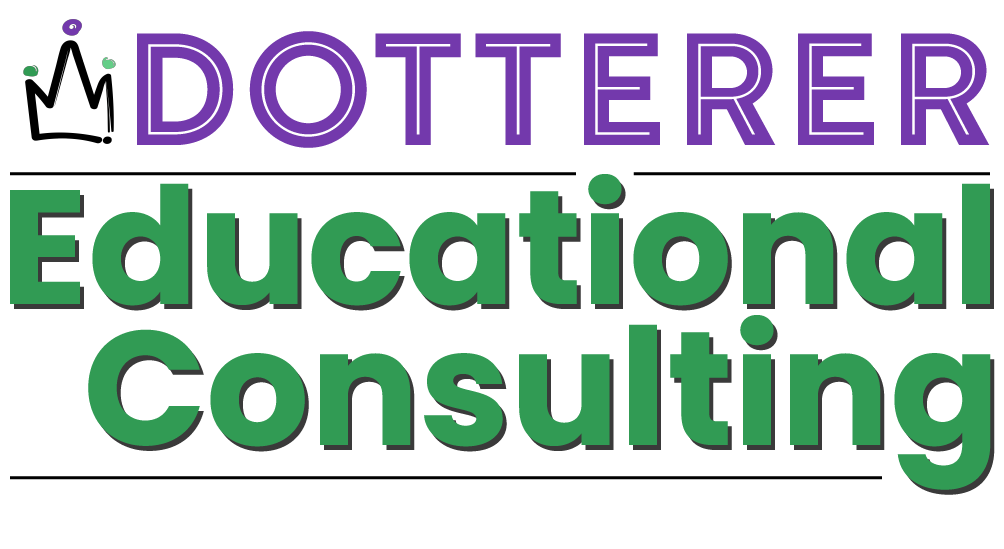Every year is a chapter in the hero’s journey for your students. Day one of school is filled with anticipation, excitement, fear, anxiety, and a multitude of other emotions. Regardless of whether your student anticipates with excitement or fear, their brain is telling them a story that will be laid for their entire life.
What is the Hero’s Journey?
The Hero’s Journey is discussed by Joseph Campbell in The Hero with a Thousand Faces (2008). Campbell researched story and discovered a pattern in all writings across time. You can read a free sample of the book here:
The story begins with the departure from the norm. For the last quarter your students (or at least some of them) have been following a cycle of wake and sleep without much demand. Their departure begins as they are woken up the first day of school. Does excitement or fear fill their morning? Does the day feel like they are headed into the “belly of the whale”? Will they embrace it like any other day?
As the demand of school begins, they need a guide to help them meet their Call. For each student, it is different. Although you are teaching the same material to each student, every brain interprets data differently. Trials, resistance, refusal, temptations, and many other negative emotions will come. Are you ready to be their guide and help them meet their ultimate BOON? A Boon is their deepest desire.
Wait, what?
Yes, you read that correctly. It is the responsibility of each teacher, therapist, and parent to help your student discover their Boon, deepest desire, calling; whatever term that you want to use.
As you guide them on the journey, they must accomplish their Boon and return back to the beginning. Show them how far they have come. Share the details of how you are progress monitoring their progress.
It may not be a big adventure like Luke in Star Wars or Frodo in the Lord of the Rings, but school is an adventure.
Make it special. Make it fun. Let your students know that you are with them to be their guide for the year.
How?
Progress Monitoring should include strengths, not just weakness. Set up a whole classroom goal sheet. Design a collaborative working model rather than each child for himself.
For example, a goal could be that everyone in the class gets an 80 on their spelling test. You have that one kid in the room who you know is going to struggle.
Set him up for success by creating groups of students to cheer each other on. Encourage them to share their perspective with each other. Share their study habits. Share their challenges. Encourage openness and vulnerability.
Be vulnerable yourself. Share your strengths and challenges. Let your students know that “We’re all in this together.” Break out the song if you need to.
This counterintuitive model of education is going to attract curiosity and most likely resistance from others in your building.
You are on your own Hero’s Journey. Find your guide so your have accountability to meet your Boon. Need a partner to support that child with dysgraphia, check out Dotterer Dysgraphia Method. Let the course be your guide on your journey.
